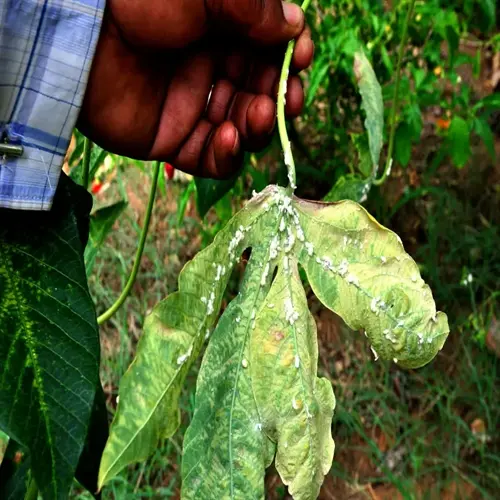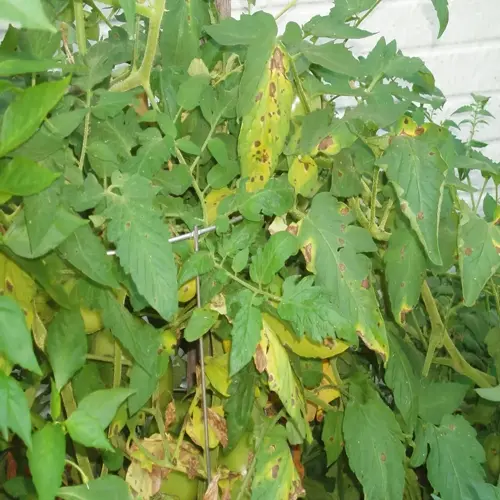What's the most effective root rot treatment?

Written by
Nguyen Minh
Reviewed by
Prof. Samuel Fitzgerald, Ph.D.The most effective root rot remedy is actually a combination of treatments that work synergistically to eradicate the pathogen. I have refined this approach during the course of a decade of plant rescues. Success hinges on attacking the problem from multiple directions: sterilization, removal, disinfection, and prevention. If the opportune countermeasures succeed only halfway, the pathogen will return, and stagnation will occur.
Root Removal
- Cut infected roots 0.5 inch above damaged areas using sterilized scissors. Remove all brown mushy tissue completely. For woody plants make angled cuts to promote healing. I mark cut points with plant safe markers to avoid mistakes.
Disinfection Stage
- Apply fungicide bath for 30 minutes or hydrogen peroxide solution. Commercial products penetrate deeper than home remedies. I alternate treatments for resistant cases. Rinse thoroughly after treatment to prevent chemical burn on new roots.
Soil Replacement
- Use fresh sterile mix with 30-50% drainage material like perlite. Discard old contaminated soil immediately. My standard blend combines potting soil, orchid bark, and horticultural charcoal for optimal root recovery conditions.
Once treatment is complete, make permanent adjustments to care routines by reducing irrigation frequency by 40% and providing bright, indirect light at a temperature of 70 degrees F. I monitor recovery using a plant journal, logging new root growth every week. Implementing this action plan will help alleviate the problem, address the root causes of the issue, and prevent it from recurring.
Sterilization is essential throughout the duration of the process. Disinfect tools with 70% alcohol between each cut. Use a bleach solution to clean pots and pans. I practice strict hygiene with treatment tools to minimize the risk of cross-contamination. This is to prevent the transfer of pathogens to nearby healthy plants.
Match treatment aggressiveness to the severity of infection. You prune mildly infected plants less aggressively than if they were infected by dry rot. You handle a succulent differently when treating it than you would a tropical plant. After-care must also be tailored to the species. A cactus requires a longer and drier recovery than that of a moisture-loving fern.
Recovery indicators are visible in 2-4 weeks. Watch for white roots and courage to keep the leaf stems firm. My rescued plants typically display their growth spurts after following the above steps. The key is to keep a close eye on the plants to catch any reversal of progress quickly and adjust the treatment plan accordingly.
Read the full article: How to Treat Root Rot: A Complete Guide

